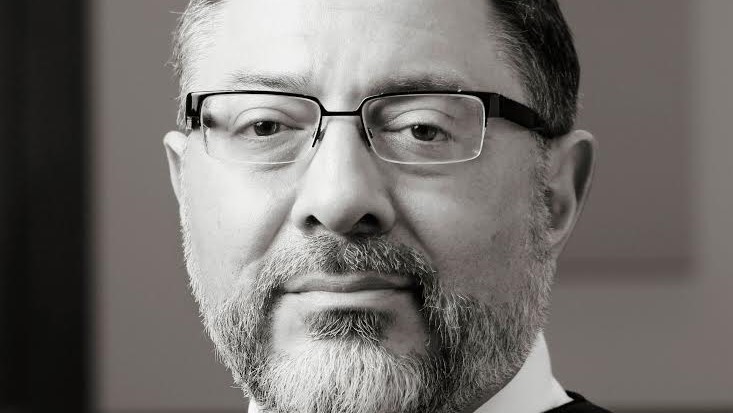Constandinos (Deno) Himonas, the Utah Supreme Court justice who spearheaded the state’s first-of-its-kind regulatory sandbox to license new forms of legal services and providers, is retiring from the court.
Himonas will step down on March 1, 2022, after which he will he will join the law firm Wilson Sonsini Goodrich & Rosati, helping to anchor its office in Salt Lake City.
“I am particularly proud of the Utah Supreme Court’s efforts to develop and launch the world’s first legal regulatory sandbox,” Himonas wrote in an Oct. 29 letter to Utah Gov. Spencer J. Cox. “Indeed, our sandbox already serves as the model for other states and countries considering regulatory reform.”
Read: Full text of Justice Himonas’ retirement letter to Gov. Cox.
In his letter, Himonas said that the time has come for him to begin writing a new chapter in his professional life.
“These are exciting times in Utah’s legal market,” he wrote. “With our burgeoning tech sector and legal regulatory reforms, Utah has become a hotbed of legal activity, bringing many major law firms, talented individuals and high-paying jobs to our state.”
While he will no longer be a judge, he wrote, he will “continue to be an active member of Utah’s phenomenal legal community.”
Listen: I interviewed Himonas and John R. Lund, past-president of the Utah State Bar, for my LawNext podcast.
In August 2020, the Utah Supreme Court approved what I described at the time as “the most sweeping changes in a generation to the regulation of law practice and the delivery of legal services.”
The package of changes included creation of a regulatory sandbox — a regulatory body under the oversight of the Supreme Court, called the Office of Legal Services Innovation, whose charge is to license and oversee new forms of legal providers and services.
In a statement issued at the time, the court said that these changes would enable individuals and entities to explore creative ways to safely allow lawyers and non-lawyers to practice law and to reduce constraints on how lawyers market and promote their services.
“We cannot volunteer ourselves across the access-to-justice gap,” Himonas said in that statement. “We have spent billions of dollars trying this approach. It hasn’t worked.”
Hammering away at the problem with the same tools is Einstein’s definition of insanity, he said.
“What is needed is a market-based approach that simultaneously respects and protects consumer needs,” he said. “That is the power and beauty of the Supreme Court’s rule changes and the legal regulatory sandbox.”
Himonas has been a judge since 2004, serving until 2015 on Utah’s Third Judicial District Court and then named to the Supreme Court in 2015. Prior to becoming a judge, he was in private practice, focused on complex civil litigation.
 Robert Ambrogi Blog
Robert Ambrogi Blog